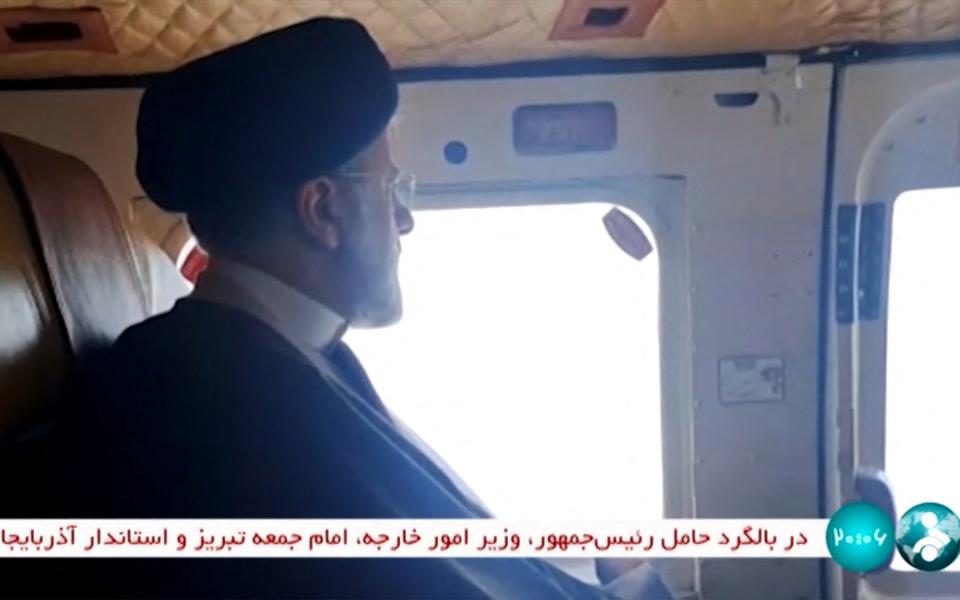What could happen next as Iran’s political landscape hangs in the balance
Details have yet to emerge over what caused Iranian president Ebrahim Raisi’s helicopter – which also carried Iranian foreign minister Hossein Amir-Abdollahian – to spiral out of the sky.
A lack of information thus far has already meant the circulation of much misinformation – the key question being whether this was an accident or an assassination attempt.
This, perhaps, is not a surprise, as the helicopter crash comes at a moment of very heightened tensions in the Middle East – sparked by the Israel-Hamas war that broke out last October.
It also comes just weeks after Iran launched its first-ever direct attack against Israel, escalating a decades-long shadow war. If indeed there is any indication that Iran’s longtime rival Israel is behind this, that could dramatically alter the geopolitical landscape.
But before clarity comes on this, there are other questions that Iran will need to ask itself and answer swiftly in the coming hours, days and weeks.
First: Who will take the reins if President Raisi is injured – or worse, dead?

Iran’s first vice president, Mohammad Mokhber, is due to take the helm of the presidency.
Then, a presidential election would be held in 50 days.
That’s what’s on paper – according to Iran’s current constitution.
But these are unprecedented times.
It’s possible that Iran’s Supreme Leader Ali Khamenei – who already calls all the shots – will essentially hand-pick someone to fill the role as president in order to avoid holding an election at a crucial time.
He “makes all the key decisions in the Islamic Republic, while the president carries out his vision”, said Holly Dagres, a non-resident fellow and Iran specialist at the Atlantic Council, a US think tank.
That means for now, “if President Ebrahim Raisi has indeed died in the helicopter crash, there will be continuity with the country’s domestic and foreign policies”.
But in the longer-term, if President Raisi is somehow out of the picture – dead or incapacitated – the second question emerges. Who might someday succeed Mr Khamenei?
Mr Raisi’s role as president was largely seen as an audition for possibly being the next Supreme Leader.
The other name floated has been Mr Khamenei’s son, Mojtaba Khamenei.
If President Raisi is dead, then that perhaps smooths the way for Mojtaba, whose name means “chosen”.
For many countries, the unknown fate of a senior leader and the question of succession is often a crucial moment – a tipping point, possibly, to absolute chaos.
That risk holds true for the Islamic Republic, particularly as all this comes as the regime has had battles to fight within its own borders, with many openly defying rules for how women ought to dress.
Many women stopped wearing headscarves after mass protests broke out nationwide in late 2022 after a young woman died in custody of the morality police for allegedly improperly wearing her hijab.
Already videos are emerging online of a greater security presence given the helicopter crash, and there is a risk that protests will again pool on the streets, noted Kasra Aarabi, director of IRGC research at United Against Nuclear Iran.
What all this means is that the current state of elevated tensions in the Middle East, which has rippled across the world, will remain for some time to come.

 Yahoo News
Yahoo News 
